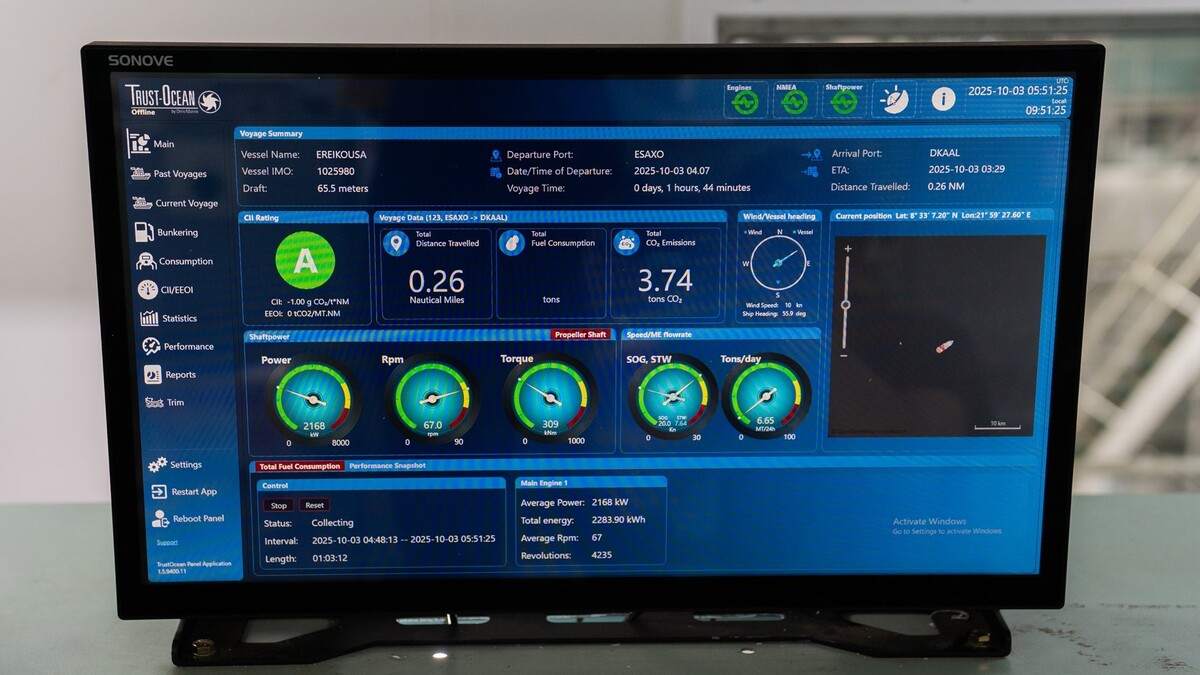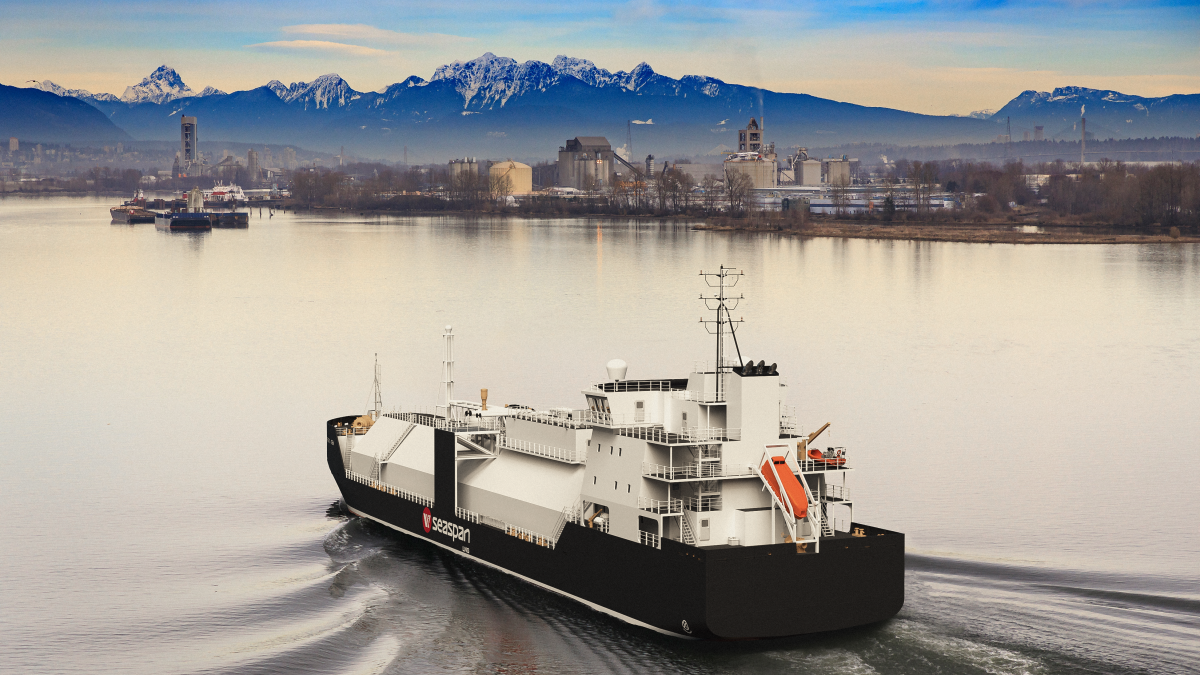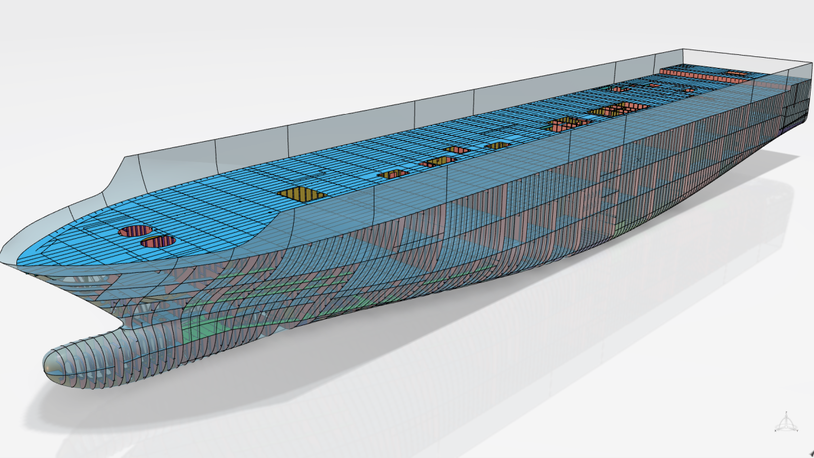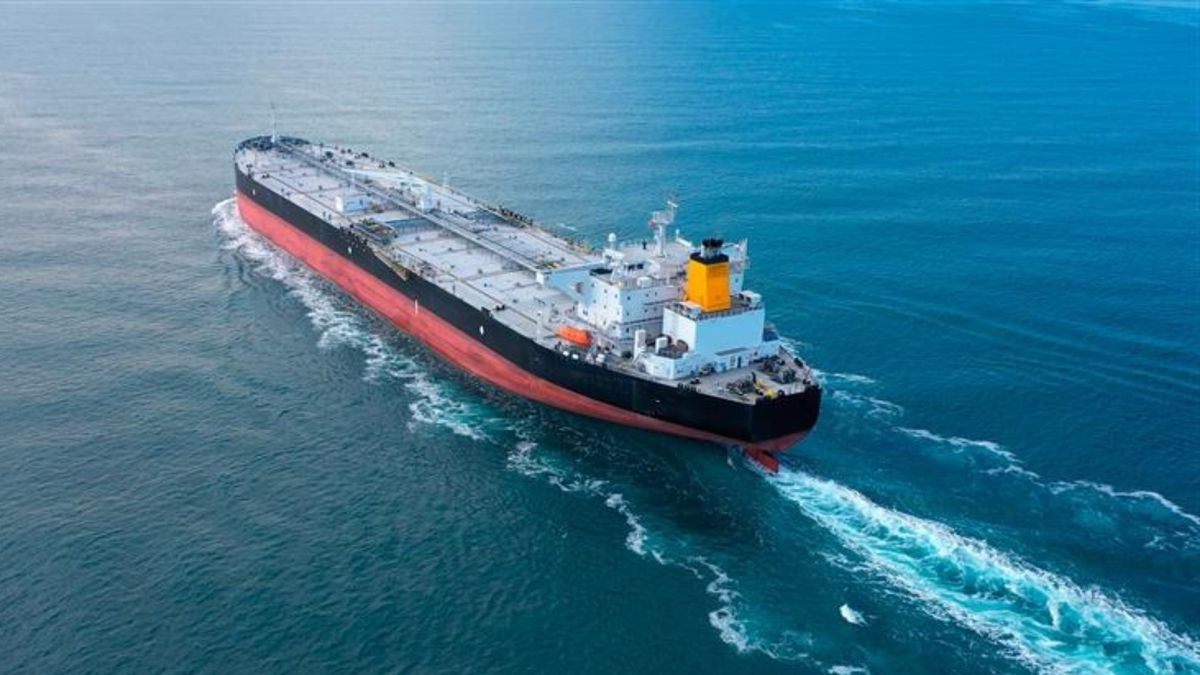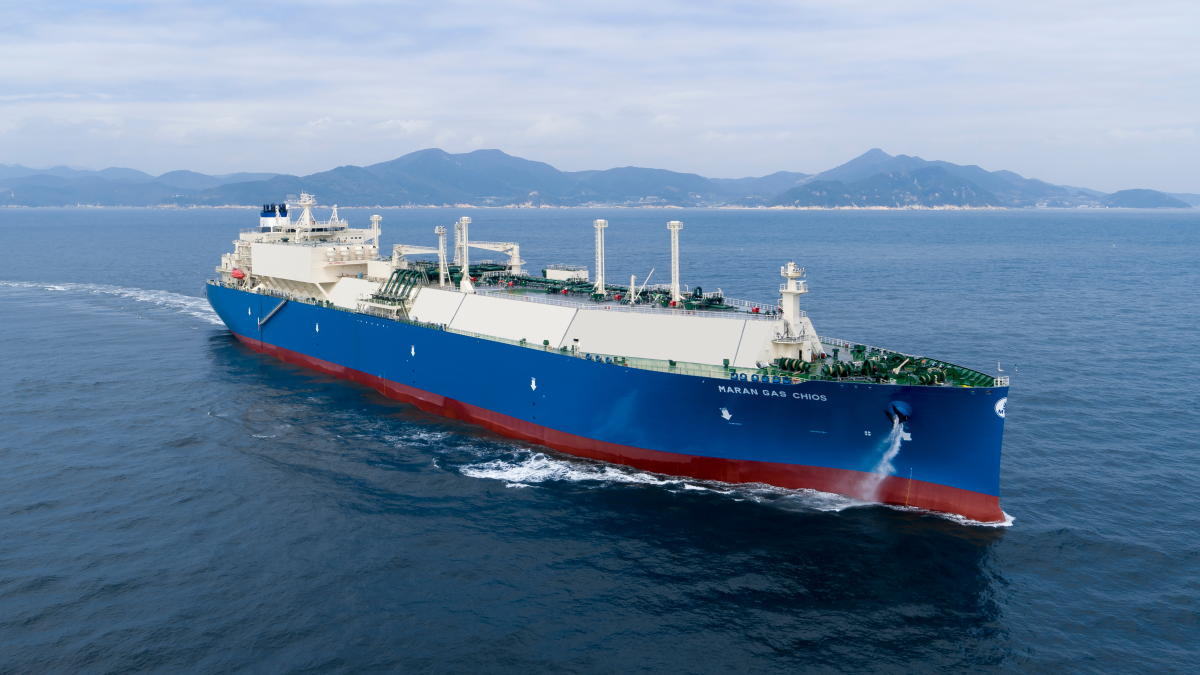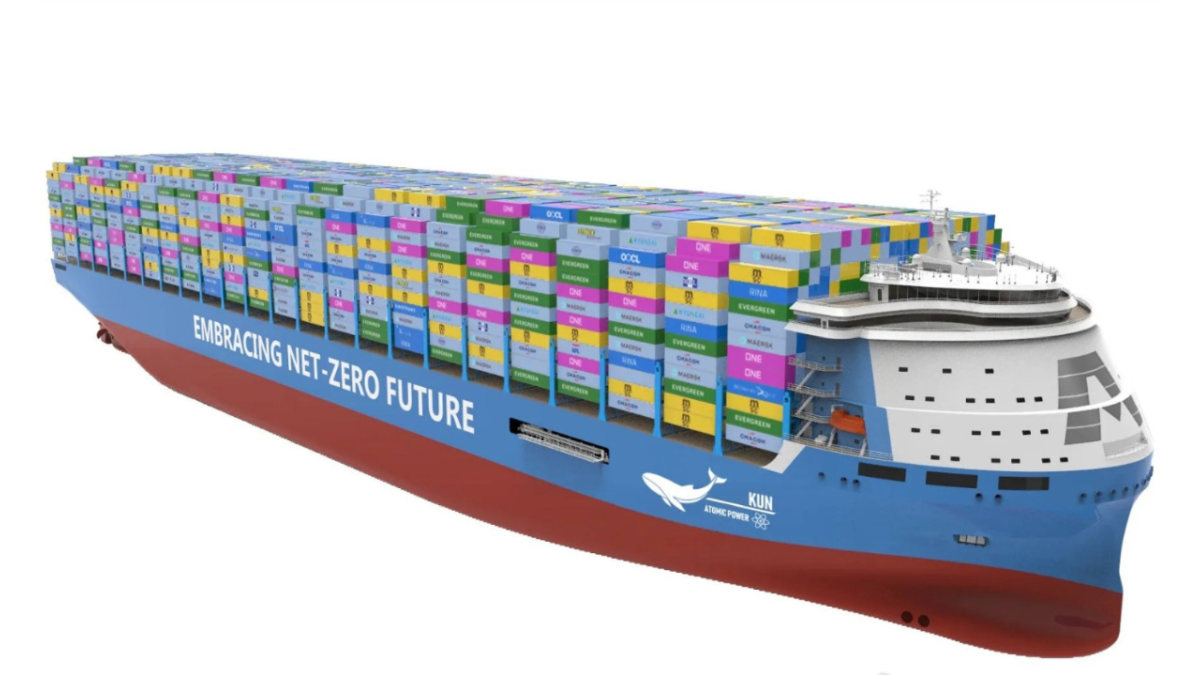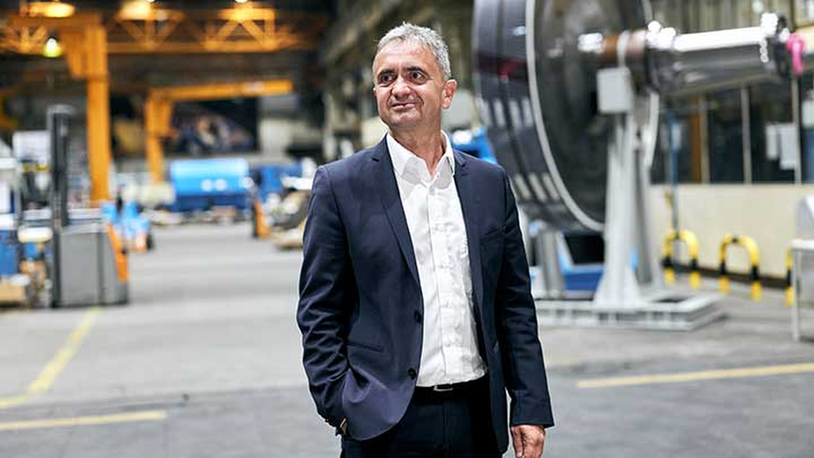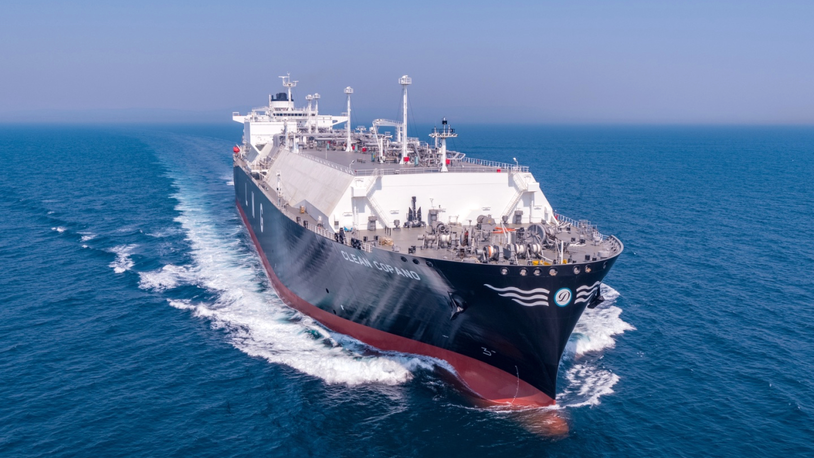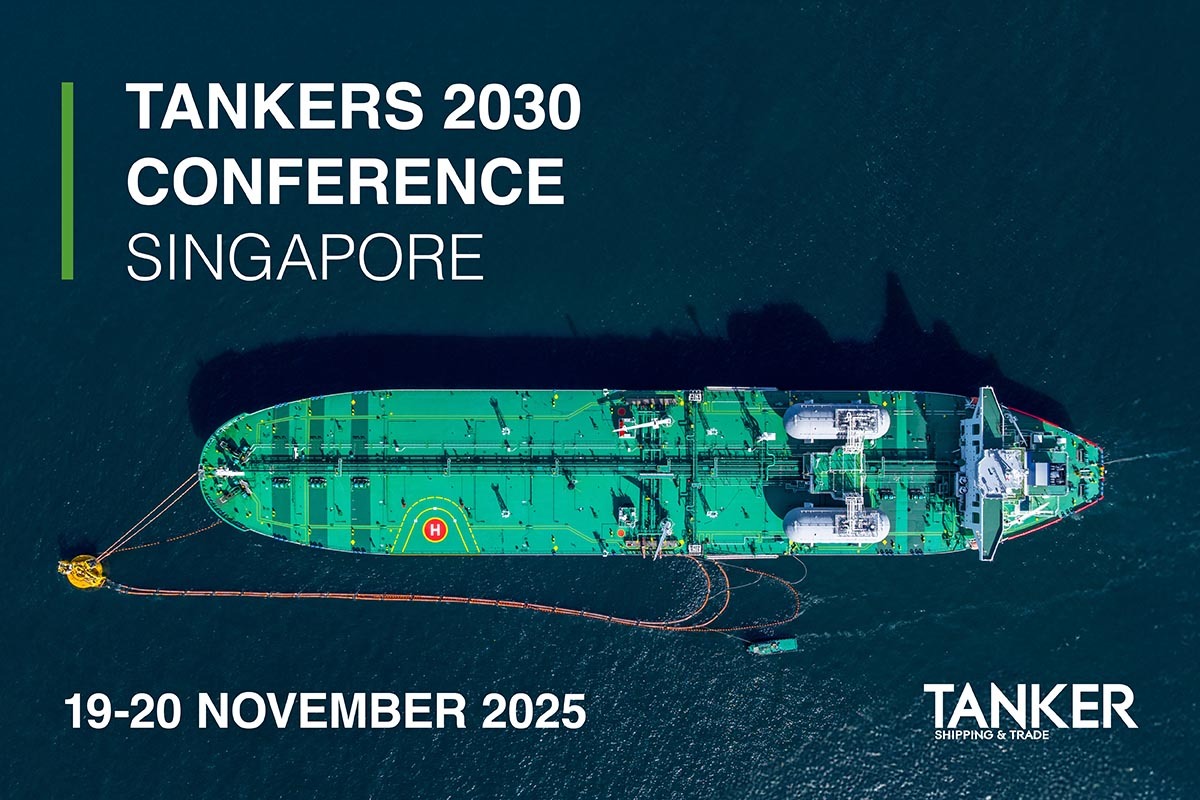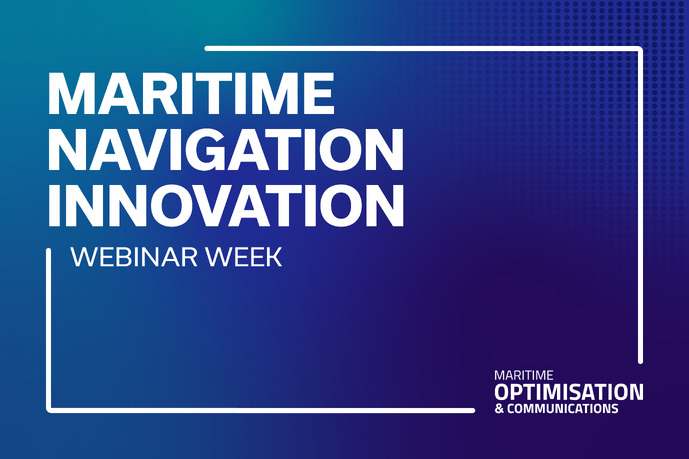Business Sectors
Contents
Register to read more articles.
Global LNG bunker vessel fleet to exceed 50 vessels by 2024
Asia, Europe and North America investing in larger capacity vessels to refuel the growing gas-powered fleet
With demand for LNG as a fuel expected to rise to 30M tonnes by 2030, Europe, Asia and North America are adding LNG bunkering vessels to keep pace with the swelling gas-powered fleet. These larger capacity LNG bunker vessels (LNGBVs) on order at shipyards are designed to load at major LNG terminals and refuel gas-powered ocean-going tonnage.
Over the next two years, Asia will more than double its fleet, adding eight LNGBVs, while Europe and North America will each increase their fleets by five, according to DNV’s Alternative Fleet Insights. Overall, 38 LNGBVs are in operation — 23 in Europe — and 18 under construction, increasing the global fleet to 56 vessels by 2024.
In the US, Crowley Maritime is building the country’s largest LNG bunker vessel yet, adding a 12,000-m3 LNG bunker barge for long-term charter to Shell on the US east coast in 2024. Construction is underway at Fincantieri Bay Shipbuilding in Sturgeon Bay, Wisconsin, and contracts have been announced for procurement of major equipment and components.
TGE Marine Gas Engineering is designing and supplying the cargo handling system, which will include two 6,000-m3 bilobe IMO type-C tanks.
“Asia will more than double its fleet, adding eight LNGBVs”
Fincantieri Bay Shipbuilding already has the largest capacity LNGBV in the US to its credit, delivering the 5,500-m3 Clean Canaveral, the ocean tank barge component of the articulated tug barge (ATB) unit. Alabama shipbuilder Master Boat Builders constructed the 2,983-kW ocean tug Polaris for the LNG ATB unit. Owner Polaris New Energy has once again contracted with both shipbuilders for the tug and barge components of a sister LNG ATB unit that will join Clean Canaveral in Port Canaveral, Florida in Q4 2023.
As was the case for Clean Canaveral, Wärtsilä will provide the design and supply the LNG storage and cargo handling system for this second barge, which will be able to load LNG from major terminals thanks to an elevated manifold feature.
Canada’s first two LNGBVs are being built by Seaspan at CIMC Sinopacific Offshore & Engineering (CIMC SOE). These VARD-designed 7,600-m3 LNGBVs will go into operation in the Pacific Northwest in 2024. Seaspan has an option for a third vessel.
Growing interest in South Korea
In Asia, Korea LNG Bunkering, a subsidiary of state-owned Kogas, expects South Korea to become “a major bunkering player in the global LNG market.” Estimates are demand for LNG fuel in the country will reach 1.4M tonnes by 2030. In June, Korea LNG Bunkering announced its first LNG bunkering supply contract with H-Line. Using the combined bunker supply vessel SM Jeju LNG No. 2, the firm will refuel an Australian iron ore import carrier at Mokpo New Port with about 2,200 m3 of LNG. “With this STS bunkering contract, domestic and foreign shipping companies are expected to increase interest in the bunkering industry in Korea,” said Korea LNG Bunkering in a press statement. Additionally, the implementation of SIMOPS — conducting cargo loading/unloading and refuelling operations simultaneously — is expected to provide momentum to the uptake of domestic LNG bunkering.
Kogas also has its hand in the European LNG bunker market, joining with Korea Shipping to charter the newly delivered 18,000-m3 LNG bunker ship K.Lotus to Shell for operation in Rotterdam. CIMC SOE, meanwhile, is constructing an 8,000-m3 LNGBV for Fratelli Cosulich that will serve the Mediterranean region in Q3 2023.
| LNG bunker vessels in operation or on order | |||
| By area of operation | |||
| Region | Number | ||
| Europe | 28 | ||
| Americas | 11 | ||
| Asia | 14 | ||
| Other | 3 | ||
| 56 | |||
| Source: DNV Alternative Fuels Insight | |||
Related to this Story
Events
International Bulk Shipping Conference 2025
Tankers 2030 Conference
Maritime Navigation Innovation Webinar Week
© 2024 Riviera Maritime Media Ltd.

